 Fig. 19: Crinum americanum. Linnaeus based the genus
name 'Crinum' on C. americanum. 'Crinum' comes from
the Greek 'Crinos' meaning a comet, or hanging hair, an obvious feature
evident on seeing a mature C. americanum blossom with its trailing
tepals. His Latin descriptive-phrase in Species plantarum I and II
has long been a botanical enigma, but refers to the inturned hanging tepals
with their small claws (actually drip-tips) on the tepal apices. A condition
which develops during humid weather. Few early day botanists had the
opportunity to see a specimen in flower, so the reference to the drip-tips
remained completely misunderstood. In all likelihood Linnaeus probably has
had many chuckles over his contemporaries' lack of observation, or inability
to note such an obvious detail. But at the right period, the claws are quite
evident, and are even preserved on the Clifford specimen
H. S. C. 127.1. or present on Linnaeus' form 'beta'
illustration in Commelin's rariorum 15, t.15, reference.
Fig. 19: Crinum americanum. Linnaeus based the genus
name 'Crinum' on C. americanum. 'Crinum' comes from
the Greek 'Crinos' meaning a comet, or hanging hair, an obvious feature
evident on seeing a mature C. americanum blossom with its trailing
tepals. His Latin descriptive-phrase in Species plantarum I and II
has long been a botanical enigma, but refers to the inturned hanging tepals
with their small claws (actually drip-tips) on the tepal apices. A condition
which develops during humid weather. Few early day botanists had the
opportunity to see a specimen in flower, so the reference to the drip-tips
remained completely misunderstood. In all likelihood Linnaeus probably has
had many chuckles over his contemporaries' lack of observation, or inability
to note such an obvious detail. But at the right period, the claws are quite
evident, and are even preserved on the Clifford specimen
H. S. C. 127.1. or present on Linnaeus' form 'beta'
illustration in Commelin's rariorum 15, t.15, reference.
Figure 19 is that of a Mississippi River form of C. americanum and is near typical of the H. S. C. 127.1 herbarium specimen in Kew. Some 40 so-called American species are recorded, but basically all but one or two are no more than mere geographical variants. The tepals are usually shorter where tropical nectar moths with long tongues are present. They spread the pollen at night.
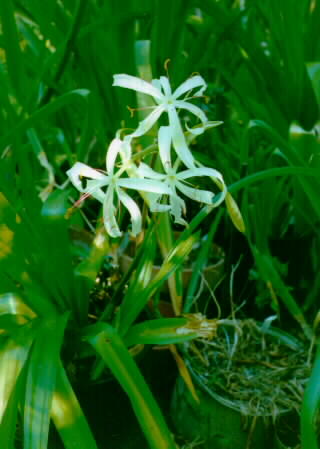 Fig. 20: C. americanum A variant with less pendent tepals.
Fig. 20: C. americanum A variant with less pendent tepals.
 Fig. 21: C. americanum var robustum was first
described in L. H. Bailey's 1912 Cyclopedia of Horticulture. The
plant is fairly cold hardy and the tepals broader than the type form. It
flowers and sets seed freely. It also sends out six foot underground runners
in a moist lawn.
Fig. 21: C. americanum var robustum was first
described in L. H. Bailey's 1912 Cyclopedia of Horticulture. The
plant is fairly cold hardy and the tepals broader than the type form. It
flowers and sets seed freely. It also sends out six foot underground runners
in a moist lawn.
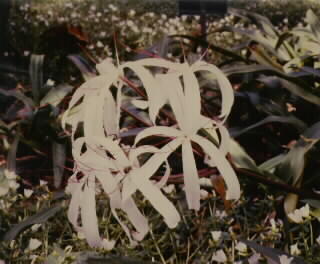 Fig. 22 Crinum americanum cv. von egger. This
multiflowered form is found on several outer Caribbean islands, including
the Virgin. The Waimea Botanical Gardens, Hawaii, had an excellent stand,
but the heavy storms of 1996 damaged much of the planting.
Fig. 22 Crinum americanum cv. von egger. This
multiflowered form is found on several outer Caribbean islands, including
the Virgin. The Waimea Botanical Gardens, Hawaii, had an excellent stand,
but the heavy storms of 1996 damaged much of the planting.
 Fig. 23: The Gatun Lake, Panama, C. americanum giga
variant, often identified as a C. erubescens major. It has a bulbous
trunk some 50 cm. long by 10-15 cm. diameter, with numerous rhizomes several
centimeters in diameter and up to two meters in length. The plant is
strictly tropical, lacks an enlarged bulb, and is not adaptable to gardens
outside of the tropics.
Fig. 23: The Gatun Lake, Panama, C. americanum giga
variant, often identified as a C. erubescens major. It has a bulbous
trunk some 50 cm. long by 10-15 cm. diameter, with numerous rhizomes several
centimeters in diameter and up to two meters in length. The plant is
strictly tropical, lacks an enlarged bulb, and is not adaptable to gardens
outside of the tropics.
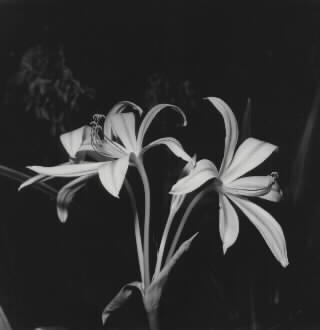 Fig. 24: Crinum x submersum Herbert is a natural hybrid
found in Brazil. It is an obvious cross of C. scarbrum and
C. americium, and is quite sterile. Numerous duplicate crosses,
man-made or hummingbird pollinated, have appeared since Herbert's time.
The variants amongst both C. americanum and C. scabrum result
in significant diversity as shown in Figures 25 and
26 below. Usually the petals are intermediate in form,
indicating some intermixing of genes.
Fig. 24: Crinum x submersum Herbert is a natural hybrid
found in Brazil. It is an obvious cross of C. scarbrum and
C. americium, and is quite sterile. Numerous duplicate crosses,
man-made or hummingbird pollinated, have appeared since Herbert's time.
The variants amongst both C. americanum and C. scabrum result
in significant diversity as shown in Figures 25 and
26 below. Usually the petals are intermediate in form,
indicating some intermixing of genes.
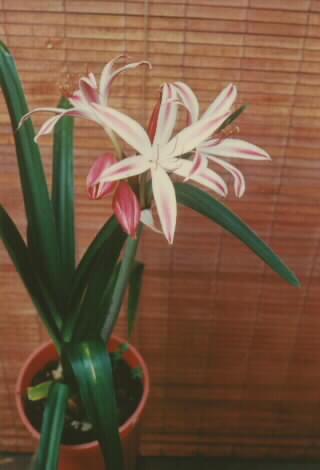 Fig. 25: Another C. x submersum form. It is an easy cross to effect
and seems quite hardy. Some pollens may backcross onto parental stock.
Fig. 25: Another C. x submersum form. It is an easy cross to effect
and seems quite hardy. Some pollens may backcross onto parental stock.
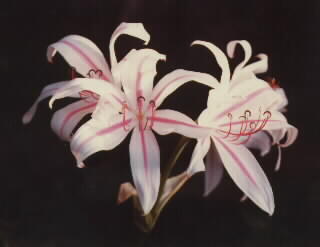 Fig. 26: Another apparent C. x submersum
form. The C. scabrum parentage is obvious in the wide petals.
Fig. 26: Another apparent C. x submersum
form. The C. scabrum parentage is obvious in the wide petals.
 Fig. 27: A Crinum x submersum, often identified as a
C. erubescens type.
Fig. 27: A Crinum x submersum, often identified as a
C. erubescens type.
 Fig. 28: Crinum amoenum Roxby. Common to Nepal, Sikkim,
and Ceylon. There are a number of variants and those from Sikkim are quite
cold tolerant. At one time the USDA imported quite a quantity for their
cancer research program. Note that the petal arrangement is quite similar
to C. americanum.
Fig. 28: Crinum amoenum Roxby. Common to Nepal, Sikkim,
and Ceylon. There are a number of variants and those from Sikkim are quite
cold tolerant. At one time the USDA imported quite a quantity for their
cancer research program. Note that the petal arrangement is quite similar
to C. americanum.
 Fig. 29: C. amoenum is best pot grown in case of hard
winter frosts.
Fig. 29: C. amoenum is best pot grown in case of hard
winter frosts.
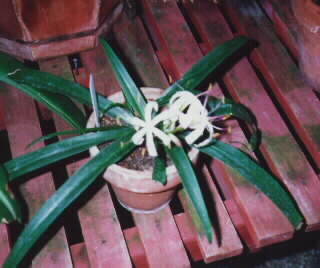 Fig. 30: Crinum gracile Meyer, (Syn. C. cumingii
Baker ). The spreading foliage and short scape may be due to Pasadena
culture. The bulb was collected on Polillo Island, Philippines by R. K.
Bennet, and desires considerable humidity. We suspect some remote relationship
to C. amoenum.
Fig. 30: Crinum gracile Meyer, (Syn. C. cumingii
Baker ). The spreading foliage and short scape may be due to Pasadena
culture. The bulb was collected on Polillo Island, Philippines by R. K.
Bennet, and desires considerable humidity. We suspect some remote relationship
to C. amoenum.